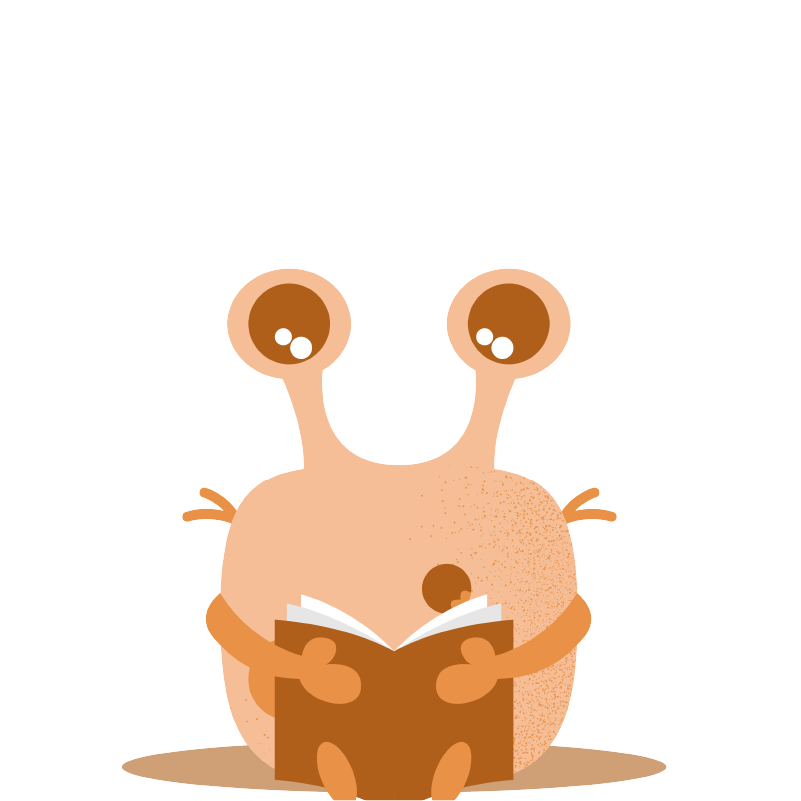English Language Arts
for 2nd Grade Students
See what skills your child will learn in English Language Arts, examples of student work and how you can help at home.
Tip: Hover over icons to see definitions of key terms.
This is an example tooltip!

Expectations for Students
2nd graders should understand how to do the following by the end of the year:
LEARNING TO READ & WRITE
Match letters with sounds to decode & write most commonly spelled words (up to 5 syllables).
Read decodable texts without help so that the reading is fluent.
Write complete sentences, with mostly correct spelling, capitalization, & end in punctuation. For example, use “. !?”
Independently read grade-level texts (Lexile 420–820, F&P: F–M, DRA: 12-38) fluently, & with expression. Students should read 70-130 words per minute & should understand what they are reading.
LEARNING ABOUT THE WORLD THROUGH TEXT
Ask & answer questions about texts read aloud to them or they read to themselves. Retell what happened & explain key ideas.
Figure out the meaning of unknown words by using pictures, context, glossaries, etc.
Write about what happened or information learned from the text. Include a title, an introduction, examples, & a conclusion.
Example Student Work
Sidebar Tooltip
The Jumping Frog
“Dad,” Mike said, “you said we could have a fun bedtime tale this time. Have you got one that’s fun?” “Yes,” said his dad. “I’ve got one I think you will like. It’s a tale my dad used to like to tell. It takes place in the West a long time back in the past. The name of the tale is The Jumping Frog.”
Once there was a man named Big Jim who had a frog. Big Jim held the frog up and made a speech. “This here is the best jumping frog in the land!” he said. “This frog has speed. It can jump three feet
at once. You think your frog can jump? I’ll bet he can’t jump like my frog! In fact, I got ten bucks says there’s not a frog in the land that can jump as fast as this frog. This frog hops like the wind. This frog…”
Well, Big Jim would have kept on bragging, but, just then, a man in a black vest got up and spoke. “My name is Pete. I’m not from here,” said the man. “And I do not have a frog. But if I did, I would take the bet and race your frog.” “Well, shucks,” said Big Jim. “That’s not a problem. Here, take my frog. I’ll run down to the stream and catch you a frog so we each have a frog to compete in the race.” Big Jim handed his frog to Pete. Then he ran off to the stream.
Mike’s dad was not finished telling the tale, but Mike had drifted off to sleep. He gave Mike a kiss and hoped he would have sweet dreams.1
Example Tooltip
Sidebar Tooltip
PARTS OF A PLANT
How are the parts of a plant important? Here are some ways the parts of a plant are important. One way is that the roots suck nutrients from the soil so the plants can grow, roots also secure the plant in the ground, so it doesn’t blow away. Another way is flowers, seeds are kept in flowers, and the flower keeps the seeds safe. Stems are also important they carry nutrients through the plant. Also leaves, leaves collect sunlight for food for the plant. And last but not least, seeds, when seed gets in the ground the plants life begins. Those are some things That show how the parts of a plant are important.
Introduces the topic
Transition words and phrases “one way,” “another,” and “also” help organize facts
Uses facts and definitions to develop each point, explaining what each part of the plant does & why it is important
End of sentence punctuation is correct
Provides concluding statement
Everyday Activities to Support Learning
Tips for Talking to Teachers
A strong relationship between families and teachers is key to ensuring students have what they need to succeed. Parent involvement not only leads to higher grades and test scores, but also helps students develop self-confidence, motivation, and social skills. Knowing what questions to ask at school visits and parent-teacher conferences can help you feel confident when it comes to addressing your child’s’ academic needs.

